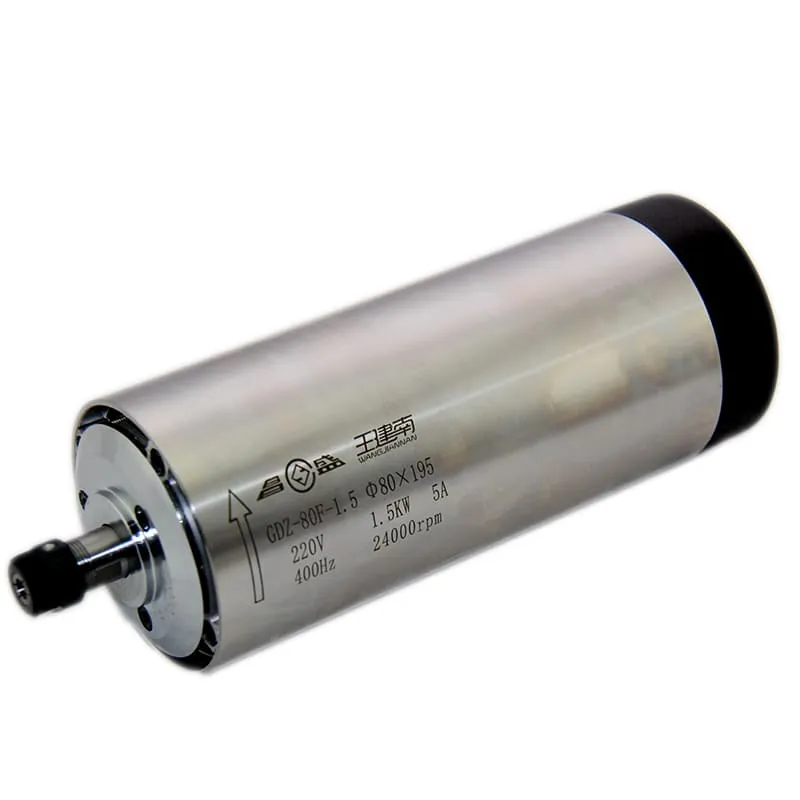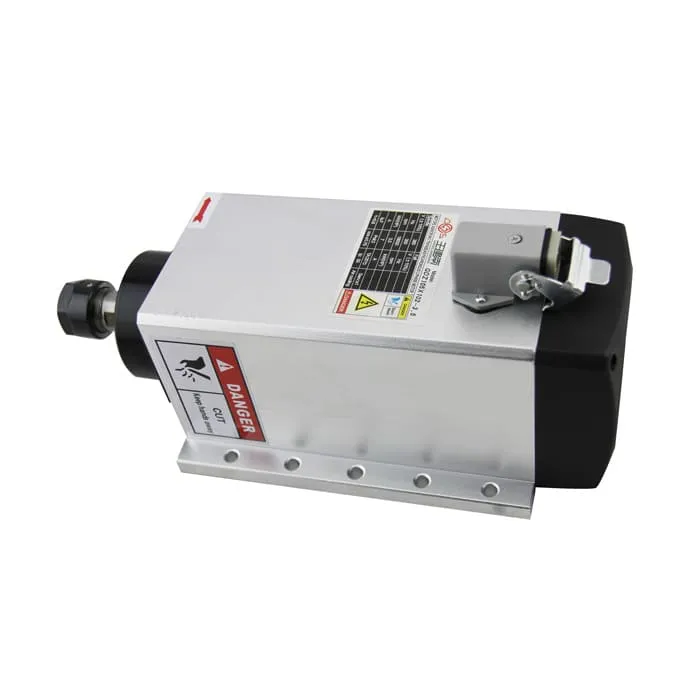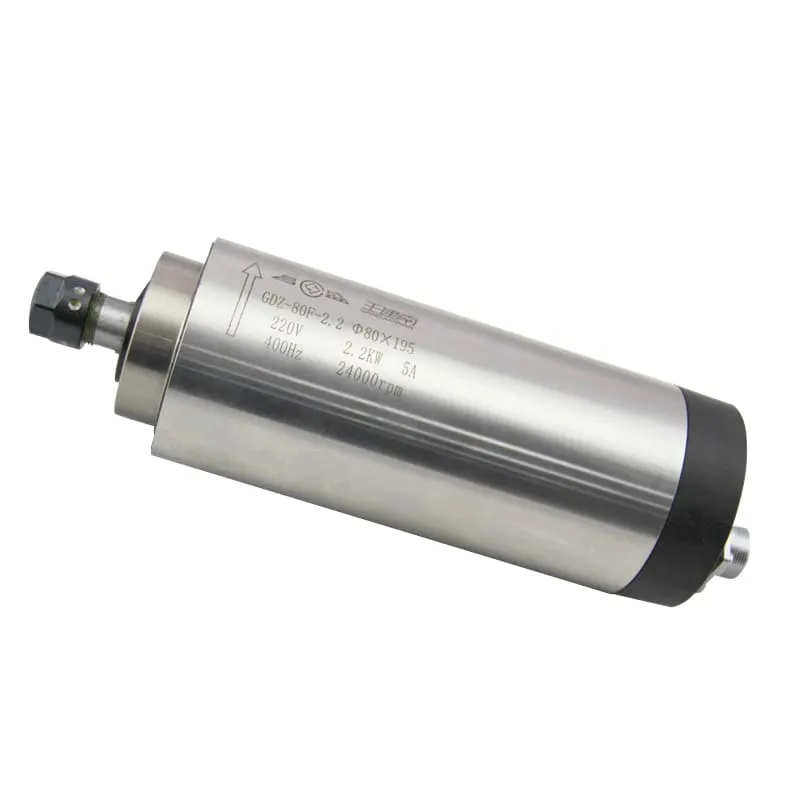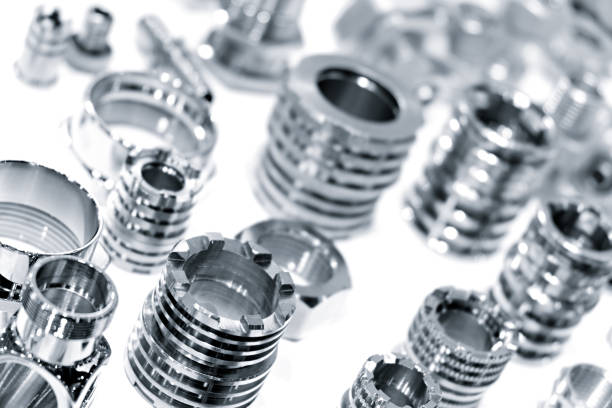What Is Step Over in CNC?
The world of CNC (Computer Numerical Control) machining involves many technical details, but one of the key concepts to understand is the “step over.” In this article, we will explore what step over is, why it’s essential, and how it can impact the quality and efficiency of CNC operations. We will also look at practical scenarios, provide insightful illustrations, and answer some of the common questions related to step over in CNC applications.
Understanding Step Over in CNC Machining
Step over refers to the distance between two adjacent tool paths during the milling process. When a CNC machine works to shape a part, it doesn’t always complete the whole process in one single cut. Instead, the tool moves over and makes several passes across the workpiece. The distance it moves sideways after each pass is called the step over.
Step over plays a crucial role in defining the surface finish, cutting speed, and accuracy of the machining process. Generally, a smaller step over results in a better surface finish, while a larger step over allows faster material removal but may leave a rougher surface. Understanding how to adjust and manage step over is critical for any CNC operator or machinist aiming to produce high-quality components efficiently.
| Step Over Setting | Effect on Surface Finish | Effect on Machining Time |
|---|---|---|
| Small Step Over | Smoother finish | Longer machining time |
| Large Step Over | Rougher finish | Shorter machining time |
Step Over and Scallop Height
A closely related concept to step over is scallop height. When a CNC machine makes multiple passes, the overlapping cuts leave a slightly ridged or wavy pattern known as a scallop. The height of these ridges is called the scallop height, which is directly influenced by the step over value. A smaller step over means smaller scallops, leading to a finer and smoother finish, while a larger step over increases scallop height.

For more information, visit our 1.5KW ER11 Round Air-Cooled Spindle.
Calculating the Best Step Over for Your Project
Finding the best step over value for a project depends on several factors such as the desired surface quality, material hardness, and tool diameter. A general rule of thumb is that the step over should be 10-50% of the tool diameter. For a 1/2 inch end mill, for example, a step over of 0.05 – 0.25 inches is often a good starting point.
Factors to consider when choosing step over:
- Surface Quality Requirements: Projects that require a polished, smooth surface will benefit from a smaller step over, typically around 10% of the tool diameter.
- Material Type: Harder materials may require more conservative step over settings to maintain the longevity of the tool.
- Machining Speed: If you need faster production and the surface quality isn’t a priority, a larger step over can help reduce machining time.
For more details on CNC spindle motor selection, you might find our comprehensive guide on CNC Spindles helpful.
Importance of Step Over in CNC Router Operations
CNC routers are popular for woodworking, metalworking, and various other materials. Step over becomes critical in CNC router operations for reasons including surface quality, efficiency, and material considerations.
1. Impact on Surface Quality
As mentioned earlier, step over directly affects the surface finish of your CNC project. Woodworking CNC machines especially benefit from carefully calculated step over settings, as wood tends to show imperfections more visibly than metals. A smaller step over will help create a smooth surface finish that requires less sanding and post-processing.
2. Material Removal Rate (MRR)
Step over settings also impact the Material Removal Rate (MRR). If you’re working on a large CNC wood project, such as carving a tabletop or creating parts for furniture, balancing the step over to achieve good surface quality while also maximizing efficiency is key. Increasing the step over will lead to a higher MRR, making the machining process faster but with a possible trade-off in the surface finish.
For projects involving metalworking CNC machines, where precision is paramount, understanding the interplay between scallop height and step over becomes even more critical. Scallop height control is particularly important when creating mechanical parts that need to fit perfectly with others.

Learn more about choosing the right CNC spindle motor for metalworking. You’ll find this link useful for better understanding spindle selection based on materials.
Step Over and CNC Toolpaths
The CNC machine’s toolpath is a complex series of movements that ensure the tool cuts or carves the material accurately. Step over plays a vital role in defining these toolpaths, especially for pocketing and contouring operations.
1. Pocketing
In pocketing, the CNC tool removes material from a cavity or pocket. The step over setting determines how much material is cut away with each pass and influences how smooth the pocket’s bottom will be. For deeper pocketing operations, it’s often ideal to choose a medium step over—balancing material removal rate with surface quality.
2. Contouring
For contouring, where the CNC router follows a path to outline shapes, step over isn’t as directly relevant to surface quality but instead impacts the edge accuracy. Larger step overs can create inconsistencies in the cutting edge, which may require additional cleanup passes.
For advanced routing projects where maintaining the accuracy and finish of contours is vital, such as intricate wood designs or precision metal parts, reducing the step over can be helpful. Learn more about how to optimize CNC routing with our guide on CNC Router Spindles.
Advantages of Optimizing Step Over in CNC Applications
1. Efficiency in Production
An optimized step over not only helps with the quality but also influences production efficiency. By selecting the right balance between small and large step over values, CNC operators can speed up production times without compromising too much on quality.
A common practice among seasoned machinists is to use a large step over for roughing passes and then switch to a smaller step over for finishing. This two-step approach combines the best of both worlds—fast material removal and high surface quality.
2. Tool Longevity
The step over also affects the wear and tear of tools. A very large step over can put significant stress on the cutting edges, reducing the lifespan of the tool. By choosing a step over that is appropriate for the tool diameter and material type, you can ensure that your tools last longer and reduce the cost of replacing expensive CNC tools.

Check out our 4.5KW ER32 Air-Cooled Spindle to explore spindle motors that support efficient production and longer tool life.
3. Consistency in Finished Parts
Consistency is key in CNC machining. A properly calibrated step over value helps in achieving a uniform surface and dimensional accuracy in repeated parts. When manufacturing multiple parts of the same kind, an optimized step over can reduce the need for additional post-processing and maintain part uniformity.
Common Mistakes to Avoid When Setting Step Over
1. Choosing an Inappropriate Step Over for Material Type
Different materials respond differently to CNC cutting. Wood, for example, is more forgiving than metals when it comes to surface imperfections. Metals, on the other hand, often require precise control of scallop height and consistent step over to achieve a clean cut. Always consider the material properties when deciding on your step over value.
2. Ignoring Scallop Height in Finishing Operations
For finishing passes, ignoring the scallop height can lead to visible tool marks that ruin the aesthetic and functional quality of the product. It’s essential to adjust the step over to achieve a smooth finish, especially on parts that will be visible or require additional surface treatment.
3. Overlooking Tool Specifications
The diameter and cutting profile of the tool being used have a significant impact on what constitutes an optimal step over. Larger tools can handle larger step over values without impacting surface quality as much, whereas smaller tools require more precise step over management.
Conclusion: The Importance of Step Over in CNC Routing
In conclusion, step over is a crucial parameter in CNC machining that directly impacts the surface finish, material removal rate, and overall machining time. Understanding how to properly set and optimize step over can significantly enhance both the efficiency and quality of your CNC projects.
For those using CNC routers, particularly in woodworking or metalworking applications, fine-tuning the step over can make a major difference in the final product. Whether you’re focusing on improving the quality of scallop height, increasing production speed, or ensuring tool longevity, step over plays a central role.
If you are interested in learning more about optimizing your CNC machine setup, consider exploring our wide range of air-cooled spindle motors, which are specially designed for efficiency and reliability. Discover our air-cooled spindles here.
FAQs
1. What is the difference between step over and step down in CNC?
Step over refers to the horizontal distance between tool passes, while step down refers to the vertical depth of each pass. Step over controls the surface finish horizontally, whereas step down impacts the cutting depth and overall strength of the tool.
2. How does step over affect the quality of the CNC project?
Step over affects the scallop height, which in turn influences the surface smoothness. A smaller step over means a smoother surface, but it also takes longer to machine.
3. What step over should I use for a smooth finish?
For a smooth finish, a step over of 10% to 20% of the tool diameter is usually recommended. This minimizes the scallop height and results in a polished surface.
4. Can I use the same step over for different materials?
Not necessarily. Different materials have different properties, which means the optimal step over can vary. Harder materials typically require a smaller step over to ensure precision, while softer materials like wood can tolerate larger step over settings.
5. How do I determine the correct step over for my CNC router?
Determining the correct step over involves balancing the desired surface finish, material removal rate, and tool life. Start with 10-50% of your tool diameter, then make adjustments based on the specific material and project requirements.

